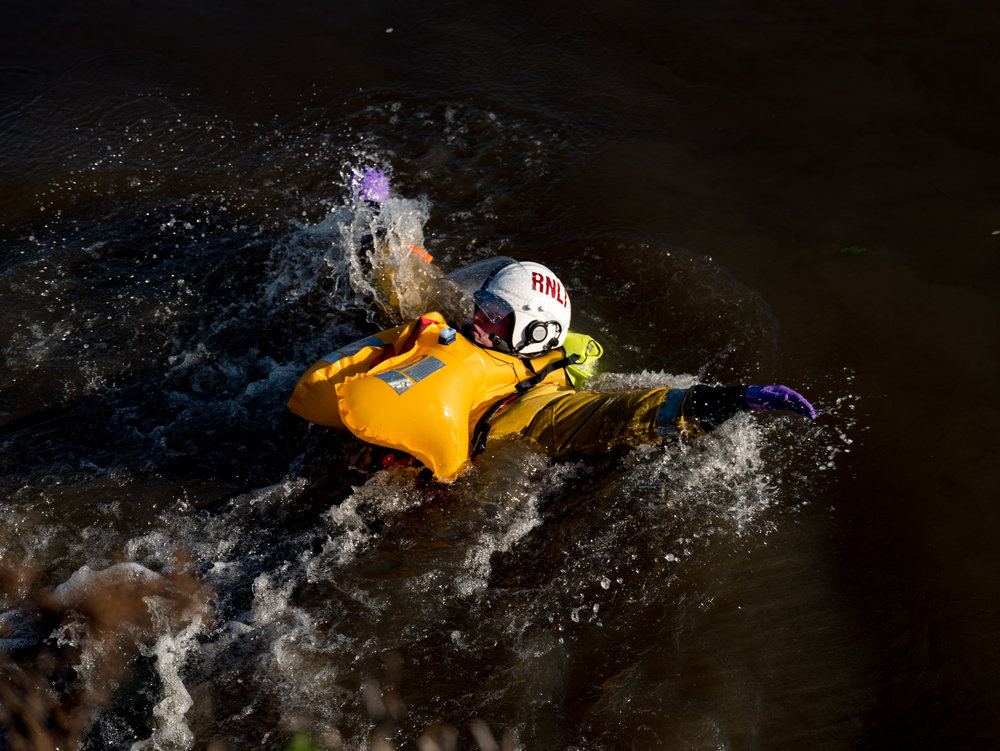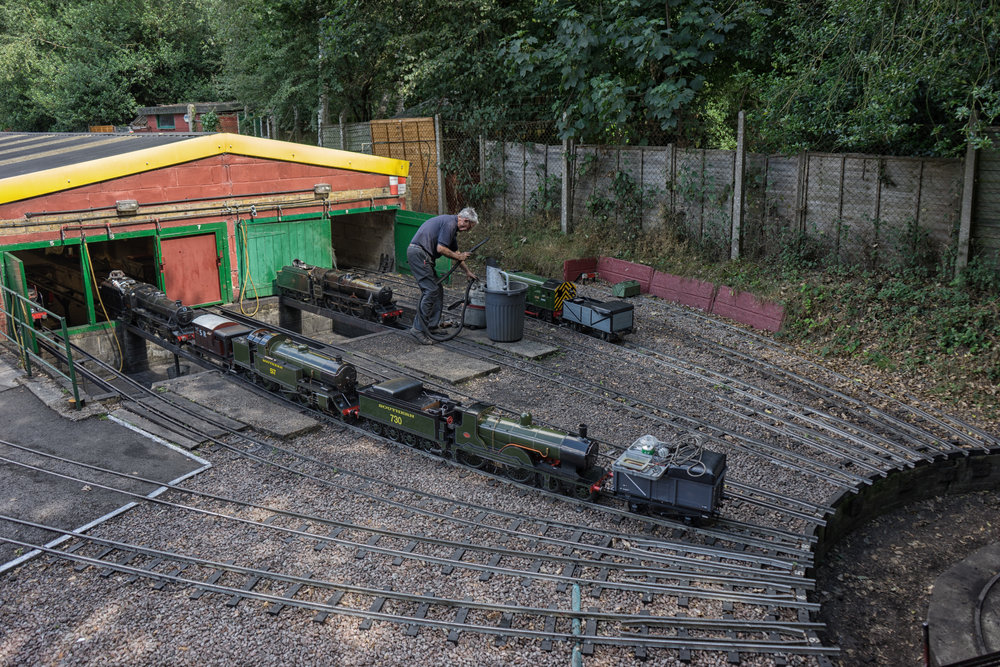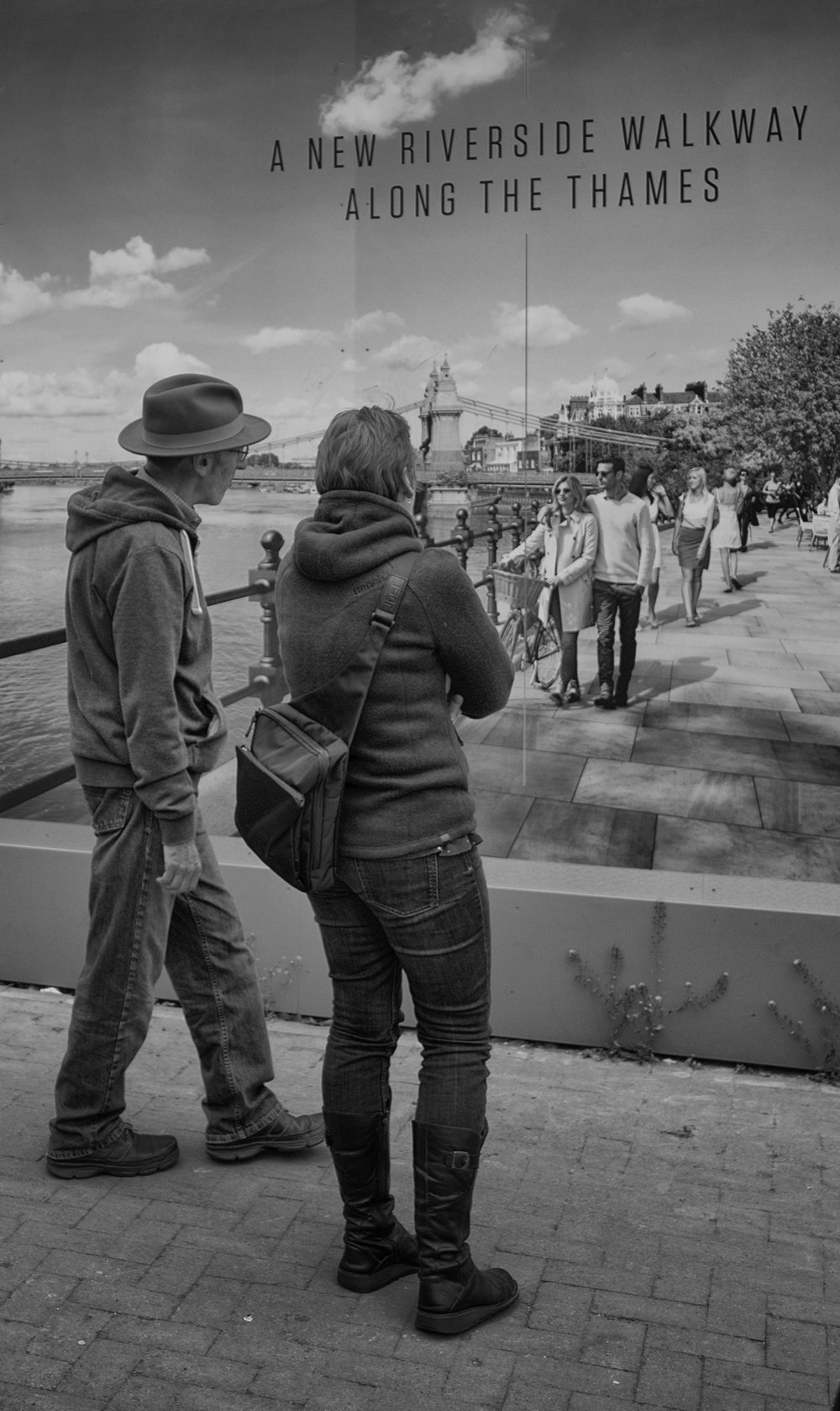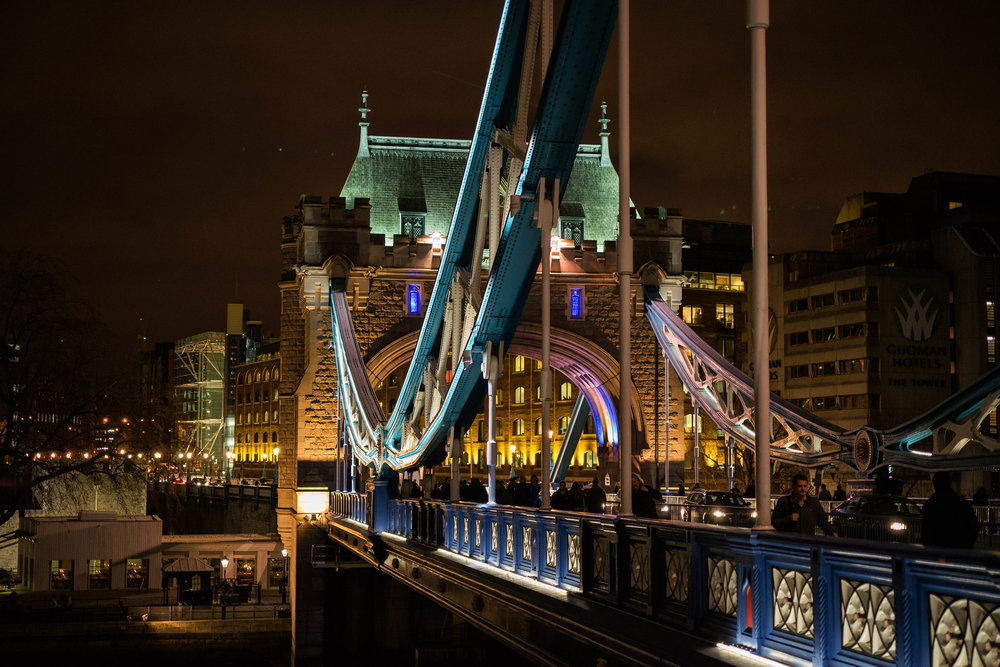
It’s a common refrain that the Sony 7-series gives you all the full-frame goodness at a much cheaper price than Leica’s flagship SL or, even, the M — although there is now a clear dividing line between rangefinder and mirrorless, thanks to the arrival of the M10.
So why bother with Leica? I’ve seen plenty articles which try to bolster this argument. But today I read one that takes the opposite view — that the SL is a real upgrade for A7RII customers. Andrew Reid explains on the EOSHD website why he has migrated from the Sony A7r II to the Leica SL (see link below). He is particularly impressed by the video capabilities:
“The Leica SL body though works with all sorts… Canon, Nikon, Contax Zeiss, M42, Leica M, PL mount, the lot… Also the body is about the same price as the Sony FS5 (which also does very nice slow-mo 1080p). In my experience I’ve enjoyed the Leica more because of the much better EVF and ergonomics, even though it isn’t a camcorder. Throw in the full frame stills camera as a bonus and it starts to make sense financially too.”

I have my own views on this, although video is something of a closed book to me. I’ve owned both the original A7R and the A7II and approached both with optimism, really wanting to prove to myself that they offered a perfect second home for manual M lenses. With both cameras, though, I was ultimately disappointed for a variety of reasons.

My main concerns were with rather fussy control layout, a menu system that I absolutely hate for its unpredictability and clumsiness and, it has to be said, the small size of the body. This isn’t so much of a problem with any M lens and, I admit, the Sony performs well with most M lenses — although not as well as the Leica SL. But this was in the days before the SL or, for that matter, the M10 with the much-improved Visoflex.

Also, in the early days of the Sony system there was a rather restricted choice of native lenses, especially if you were looking for professional quality. The situation has now improved immeasurably and the newer G lenses are by all accounts superb. But they are big, and this is where the small A7 body loses out. You can make a camera small but the laws of physics dictate that to achieve the same full-frame pro performance something has to give — in this case the lenses are bigger and therefore less than wieldy on the small body.

The SL, on the other hand, is built for big lenses. It is the most solid, professional camera I have ever handled. With its grip and chunky lines, the SL suits the size of full-frame lenses such as the 24-90mm or the new 50mm Summilux-SL.
That chunkiness comes at a price, though. Although the SL body is some 80g lighter than the Nikon D810, it is still a hefty piece of kit. As I wrote a few days ago, your choice of system has to take in weight and cost as well as the performance commensurate with your requirements.
Both the A7r II and the SL perform suberbly, as you would expect and, cost apart, your choice rests on the handling of the camera and the available lenses. In this, the Sony scores over the SL which has a very restricted range of native lenses. On the other hand, the SL makes masterful use of all Leica M lenses. Cost, though, is often the deciding factor. With the A7 II coming in at around £3,000, it is nearly half the price of the Leica (and the A7 and A7II models are much cheaper and almost a competent, as you see from the images in this article.
As always, you pays your money and you takes your choice.
______________

If I think you are speaking of rx1r 11 I also find it intriquing but it never seems to go on sale like other a7 series and I wonder why?
Yes, I hadn’t been considering the RX1 because it’s a different beast; I had ILC cameras in mind on this one.
I had a cheapo Sony camera a couple of years back and I couldn’t work out how to use it in anything other than full auto mode.
So for this reason, I have eschewed Sony cameras, I don’t usually even look at them. But there is one that I have looked at several times and that is the full frame one with the fixed 35mm Zeiss lens… But again that complexity rears its ugly head.
All the same, the 35mm lens does seem more attractive than the 28mm on the rival Leica Q.